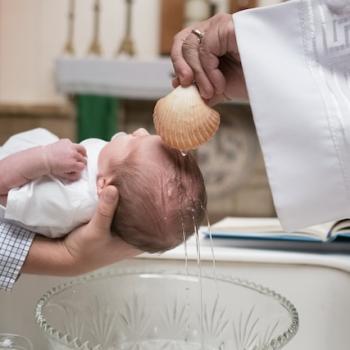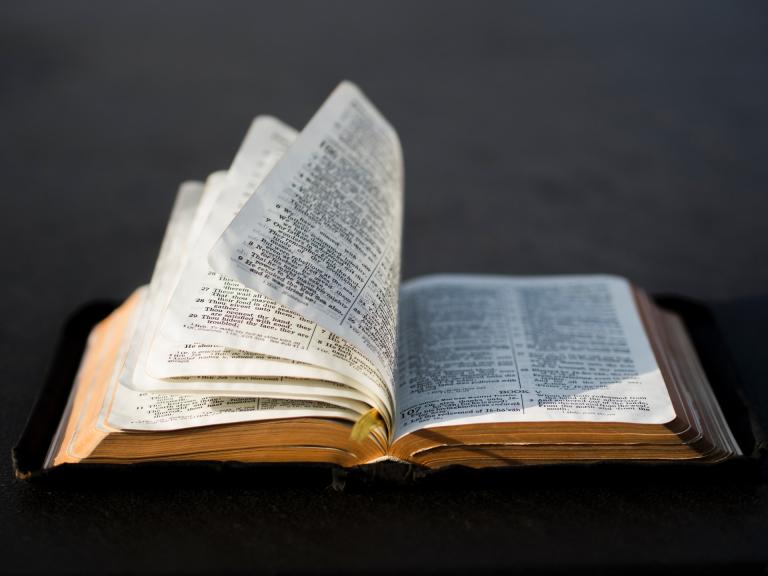In March, the Pew Foundation reported on trends in church attendance:
…attendance at in-person services – which grew steadily from July 2020 through September 2021 – has plateaued, as has the share of adults watching religious services online or on TV.
In July 2020, roughly four months after COVID-19 upended life in America, 13% of U.S. adults reported having attended religious services in person during the previous month. That figure rose to 17% in March 2021 and then to 26% in September 2021, and now stands at 27%.
Over the same period, the share of Americans who say they have streamed religious services online or watched them on TV in the past month declined from 36% in July 2020 to 28% in September 2021 and is now 30%.
About a third of U.S. adults (32%) in the new March survey say they typically go to religious services at least once or twice a month. Of these self-described regular attenders, two-thirds (67%) report that they actually have attended physically (in person) in the last month, while 57% say they have watched services online or on TV during that period.
The survey’s questions about in-person and virtual attendance can be combined to provide a sense of how many people are watching services online instead of attending in person, and how many are watching online in addition to attending in person. The Center’s survey finds that among all adults who say they typically attend services at least monthly, 36% have both attended in person and watched services digitally in the last month, while three-in-ten (31%) say they have only attended in person but not watched online or on TV in the last month.
One-in-five (21%) may still be substituting virtual attendance for in-person attendance, saying they recently have watched religious services online or on TV but have not attended in person. Just 12% of self-described regular attenders report that they have neither gone in person nor watched services virtually in the last month.
Just exactly where we are headed is hard to say. The survey notes that the course of the pandemic itself is as yet unclear. The other problem is that the statistics collected ahead of the pandemic did not always distinguish clearly between in-person and online participation. So, while in-person attendance is still down, it may well be that online attendance is far higher than it was before the pandemic.
According to the same study, there is also considerable variation between congregations:
a majority of evangelical Protestants who typically attend religious services at least monthly or say they attended in person in the past month (60%) say their church is open and holding services in the same way it did before the pandemic began. Evangelicals are significantly more likely than mainline Protestants (33%) and Catholics (43%) to say this is the case. Among Protestants in the historically Black tradition, just 21% say their congregation is open and operating normally, while roughly two-thirds (65%) say their church is open but with changes or restrictions still in place due to the pandemic.
Combined with the other challenges facing the church, including political tensions, cultural shifts, changes in attitude toward the church, and renewed denominational strife in some corners, pastors inevitably ask themselves, “How does and how can the church move forward?”
I am suspicious of programmatic and pragmatic solutions. Churches will always have programs, of course, and there is nothing wrong with programs, as such. But programs need to have an organic connection to the vocation of the church. Otherwise, they degenerate into gimmickry. And pragmatic strategies can fill a church (at least for a time) but filling a church for the sake of counting heads has little real value and inevitably people see through such schemes and – understandably – walk away.
It is also a mistake to harness the fortunes of the church to the politics of the day. There are transcendent social and moral claims on the attention of the church, those claims have implications for the way in which Christians navigate the public sphere, and in the case of my own tradition those claims are rooted in our baptismal vows. But civic values are never coterminous with the demands that the Gospel makes upon the church. They are not the only or even the largest claims that our baptismal vows make upon our lives. And tying the church’s message and ministry to the politics of the day are never a good idea, whatever those political convictions might be.
So, how does the church navigate the future? Spending time in a Benedictine community with students, discussing monastic spirituality has shaped my thinking on that matter. Shaped by a vow of stability, Benedictines are committed to their communities where in prayer and labor (ora et labora), they await the coming of Christ. The life of those communities is not one marked by retreat from the world, but by engagement with the needs of the world, shaped by the power of prayer and participation in the sacraments of the church. It is not a community shaped by endless speculation about when Christ will return, but by a community the life of which is shaped by the conviction that Christ will return. And that return overshadows, shapes, and informs the way in which Benedictine communities live.
Over the centuries – when they have been at their best – Benedictine communities are guided by the conviction that this way of living and serving is their God-given vocation. There have been times when their ranks have grown. There have been times when they have faced losses in both the number of vocations and monasteries around the world. But rather than focus on passing definitions of what it means to be relevant, influential, or successful, they have focused on their vocation.
Therein lies the key to the church’s future as well. The church is the body of Christ, constituted and sustained by the work of God in Jesus Christ, made real in the sacraments, sustained by reading and preaching of Scripture, lived out in service to world. As my wife (who is also a priest) has put it, the body of Christ celebrates “ancient mysteries” and nurtures “a modern faith”.
That effort need not be hidebound or rote. It need not be unimaginative or trapped in a distant century. In fact, the mission of the church depends upon grappling with the challenges that our context poses to the faith. But remaining faithful to the blessing entrusted to us is at the heart of our vocation.













